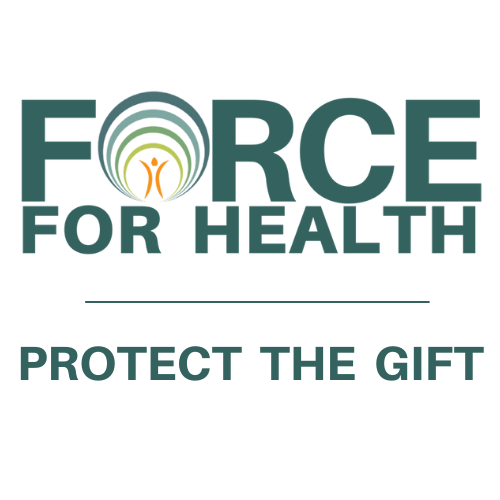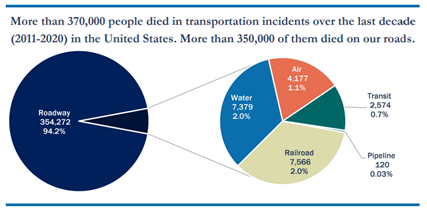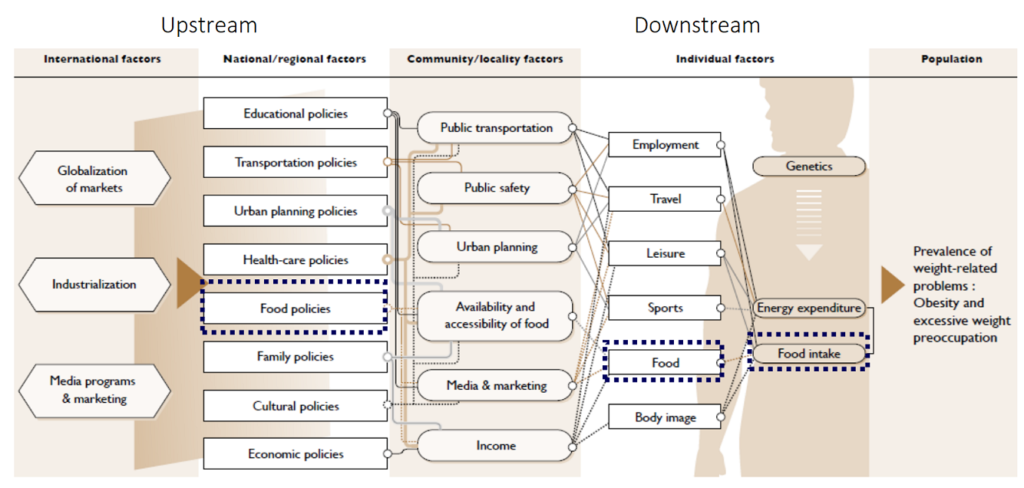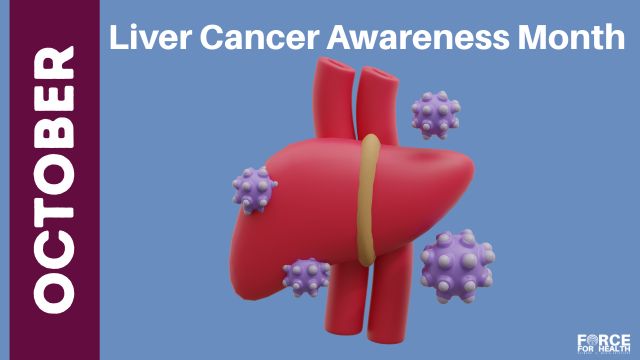
Liver Cancer Awareness
Learn it:
Learn the basics about liver cancer with these short videos with Dr. Rob.
Dr. Rob’s Video Transcript
Liver cancer cases are increasing in the United States, with over 40,000 new diagnoses each year. Hi, this is Dr. Rob with Dr. Rob’s Medical Minute. October is Liver Cancer Awareness Month, and it’s important to highlight this growing concern.
Risk factors for liver cancer include hepatitis infections, heavy alcohol use, and non-alcoholic fatty liver disease. Many of these risks can be managed with medical care earlier in life. Recognizing and addressing them can reduce the chance of developing serious disease later on.
Symptoms of liver cancer can be subtle, which makes it vital to pay attention to changes. Common signs include abdominal pain, unexplained weight loss, jaundice or yellowing of the skin, and swelling in the abdomen. If you experience these symptoms, especially if you have a history of liver disease, it’s essential to talk with your doctor.
When you go to the doctor, be proactive. Ask about liver function tests and imaging. If you had hepatitis earlier in life, make sure your doctor is aware. Early detection improves treatment options and outcomes, making regular screening crucial for those at higher risk.
Remember: Learn it, live it, share it. Be a force for health.
Jaundice is a sign of Liver Disease
If the liver can’t do its job, the skin and whites of eyes may become jaundiced, and turns yellow.
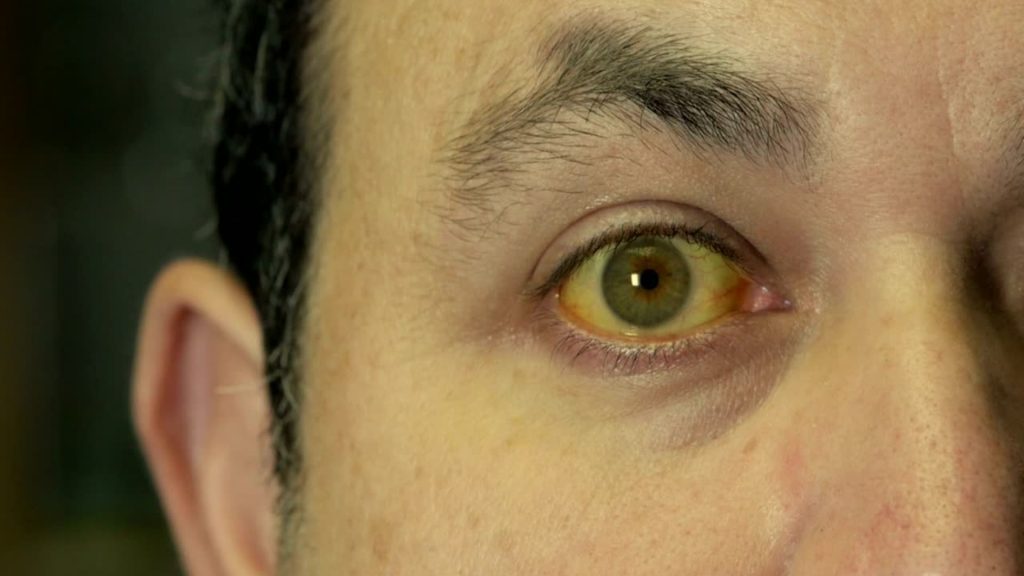
Live It:
Dr. Rob’s Video Transcription
Hi, it’s Dr. Rob here. It’s Liver Cancer Awareness Month. This is a difficult topic to talk about. It’s an even harder topic to treat. But let’s get started. Let me see if I can give you a little overview and raise awareness.
I’m inside of the ForceForHealth.com site. I’m logged in as an ambassador, and I’m just going to full screen. At full screen, you can see our Force for Health 360 model. It has four chapters over here on the side that deal with liver cancer.
If I zoom in on the model, you can get a sense of where the liver is in your body. Your lungs are up here, and the liver is below your lungs, kind of adjacent to your stomach in your abdominal cavity. If I zoom in, this somewhat orange-brown structure is the liver. We’ve made it transparent so you can see all the veins and such that are in it, and the veins that also drain the stomach and intestines.
Liver cancer is when growths start forming and the liver becomes a solid structure, kind of like this little guy right here. It’s way out in the periphery, not blocking any of the main tubes. You’d have no clue that it’s there. But if you don’t take care of it, it can become a stage two cancer.
Let’s take a closer look at stage two cancer. A couple of tumors form. It’s not just in one place. It’s not that you can just remove one. You’d have to remove all three in this situation if they were in different parts of the liver. You can’t remove the whole liver, but you can remove a lobe or part of the liver. It grows back to some extent, but not perfectly. Still, most people can live without a full liver, as long as the rest of it is healthy.
Let’s take a look at stage three. Stage three means the tumors are larger and have spread. Sometimes they’ve spread into nearby blood vessels. Once they hit a blood vessel, they can start going to nearby organs. They can also get into the lymphatics or lymph node system.
In that situation, we call it stage four. If we take a closer look at this liver, you can see that some of these tumors have grown quite large. Some have infected lymph nodes, which drain various structures, and some have even invaded the adrenal gland. They can also go into the lung or into the bone. It’s a tough situation.
If you wish, you can take a quiz down below and look at this model to reinforce what you’ve learned.
Liver cancer is a condition that, if found early, can be treated. If found late, it’s difficult to treat. It’s also important to note that not all cancers found in the liver are primary liver cancer. Anything that happens in the gut, stomach, or intestines—the blood from those areas drains through the liver, which acts as a filter. So colon cancer, for instance, can metastasize or spread to the liver.
I hope this helps you with awareness. Be aware that yellow discoloration of the eyes or face—the skin—is called jaundice. If you have real itchy skin that’s yellow, you’ve got to go see a doctor and get an exam, possibly a CAT scan or an ultrasound, to get a better image of the liver.
All right, this is Dr. Rob. It’s Liver Cancer Awareness Month. Be kind, and be aware that people with liver cancer and their families are going through a lot. Thank you for being a Force for Health.
Stay and Play with the Model, and explore the stages of liver cancer and the related anatomy and concepts.
Share it:
Share what you have learned. Share this post. Share kindness to those dealing with this illness, both the patient and their families.

